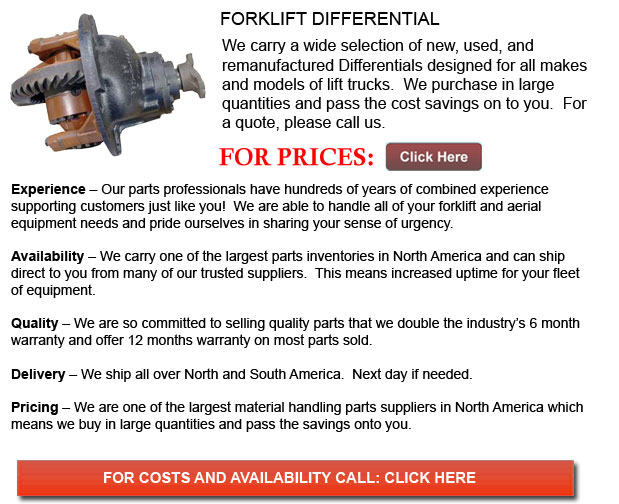
Forklift Differential - A mechanical device capable of transmitting torque and rotation through three shafts is known as a differential. At times but not always the differential will utilize gears and will operate in two ways: in automobiles, it receives one input and provides two outputs. The other way a differential works is to combine two inputs to be able to generate an output that is the difference, sum or average of the inputs. In wheeled vehicles, the differential allows all tires to be able to rotate at various speeds while providing equal torque to each of them.
The differential is intended to power the wheels with equivalent torque while likewise allowing them to rotate at various speeds. When traveling around corners, the wheels of the automobiles will rotate at various speeds. Several vehicles like for example karts work without utilizing a differential and utilize an axle instead. When these vehicles are turning corners, both driving wheels are forced to spin at the identical speed, typically on a common axle that is powered by a simple chain-drive apparatus. The inner wheel has to travel a shorter distance compared to the outer wheel when cornering. Without using a differential, the outcome is the outer wheel dragging and or the inner wheel spinning. This puts strain on drive train, causing unpredictable handling, difficult driving and damage to the tires and the roads.
The amount of traction required to be able to move whichever car would depend upon the load at that moment. Other contributing elements comprise drag, momentum and gradient of the road. One of the less desirable side effects of a conventional differential is that it can reduce traction under less than ideal circumstances.
The outcome of torque being supplied to each and every wheel comes from the drive axles, transmission and engine applying force against the resistance of that grip on a wheel. Usually, the drive train will supply as much torque as required except if the load is very high. The limiting element is normally the traction under each and every wheel. Traction could be interpreted as the amount of torque that can be generated between the road surface and the tire, before the wheel starts to slip. The car will be propelled in the planned direction if the torque used to the drive wheels does not go beyond the threshold of traction. If the torque utilized to every wheel does exceed the traction limit then the wheels would spin constantly.
![]() Click to Download the pdf
Click to Download the pdf
Forklift Parts
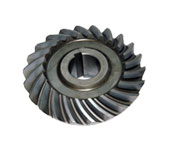
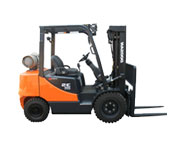
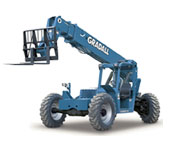
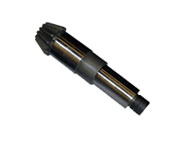
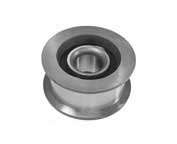
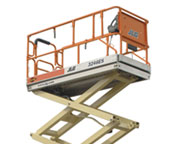
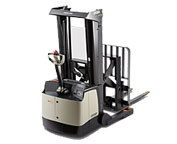
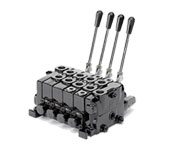
Lift Parts Express
TOLL FREE: 1-888-695-7994
Owensboro, Kentucky
forkliftpartsowensboro.com
Email Us
About Us


